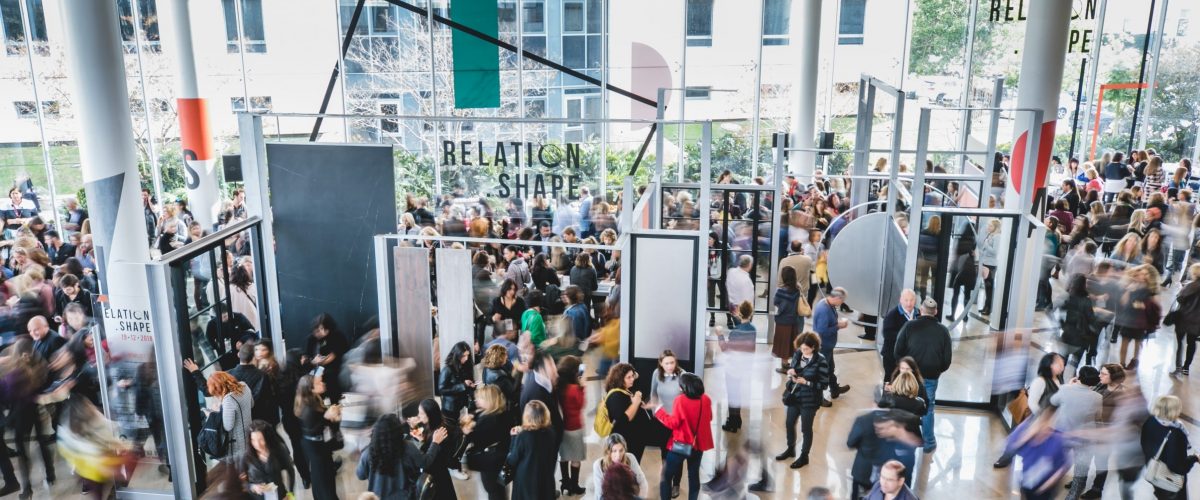Strategy
Strategy is a detailed plan for management aimed at achieving an overarching goal in a specific area. Branding strategy deals with, among other things, identifying and characterizing the unique voice of the brand, differentiating it, and is expressed visually and of course in the marketing message.
Content strategy is the way in which media channels and types of content are chosen to create value and meaning for your audience. A precise choice will strengthen the image of the products and services your brand offers. A good strategy in producing a company event implements over time the differentiation and uniqueness you offer to your customers or employees.
The Brief
The event brief is the most important document in the essential terms of company event production. The brief is a working document designed to align expectations in the collaborative work process between service provider and client. A quality brief will include strategic background on the project, target audience, goals and objectives, budget, timelines, main action items, work methodology, and even lessons learned from previous projects. There are different types of briefs: production brief, PR, copywriter, designer, creative director, content, and more. It’s important to tailor the brief to the service providers, be clear while ensuring transparency, and address every component relevant to the work.


Work Gantt
The most crucial tool for project management. This document can take the form of a chart, Excel spreadsheet, or a checklist, depending on how you prefer to manage your projects. The purpose of this document is to commit all project participants to progress according to a shared timeline. With this document, you can prioritize, navigate, and advance projects in any field smoothly and transparently. A **Work Gantt Chart** is a significant tool in the world of production, especially when it comes to producing corporate events. It includes types of tasks, responsible teams, execution duration, deadlines, and methods of task performance. The secret to its success lies in the careful specification of start and end dates for each task and understanding the implications of dependencies between different tasks.
Presentation
We all know what a “presentation” is, regardless of its format (PowerPoint, PDF). In an event concept presentation, it is customary to showcase the idea driving the project, the strategic breakthrough, initial sketches, visual references, mood boards, and sample applications. During the presentation, it is important to align expectations regarding the appearance, experience, and content of the project. A presentation can be delivered in person or through digital means and may include discussions, audience questions, and structured interactions that will enrich the absorption of the materials.
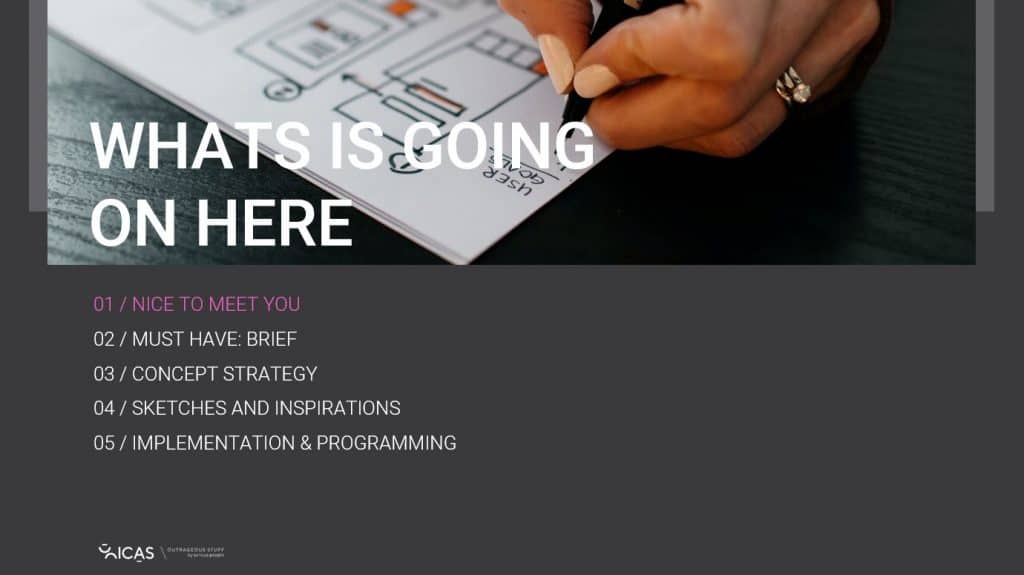
Line-up and Flow
Line-up is a concept from the world of events and productions but is also familiar in the field of communications. In productions, it refers to an event management document, whether for corporate events, festivals, launch events, or ceremonies. The document includes a list of planned items, production notes, and names of people in the reporting chain responsible for each action. The line-up document presents a flow of the audience into different event spaces and helps us anticipate delays in schedules and prepare for the implications on other occurrences. A tight line-up will make your event run smoothly and allow your clients to experience a worry-free VIP guest experience at their own event.
Location Scouting
This is a process of familiarizing oneself with potential event venues. During a location scout, the production team, the client, and the venue owner meet to align expectations. It’s important during the tour to clarify needs, understand technical and logistical aspects of the venue, and reassess how well the location suits the audience and event objectives. Such a tour helps to refine the nature and scope of production work the event will require. Insights from this meeting typically influence the budget structure and work Gantt chart.
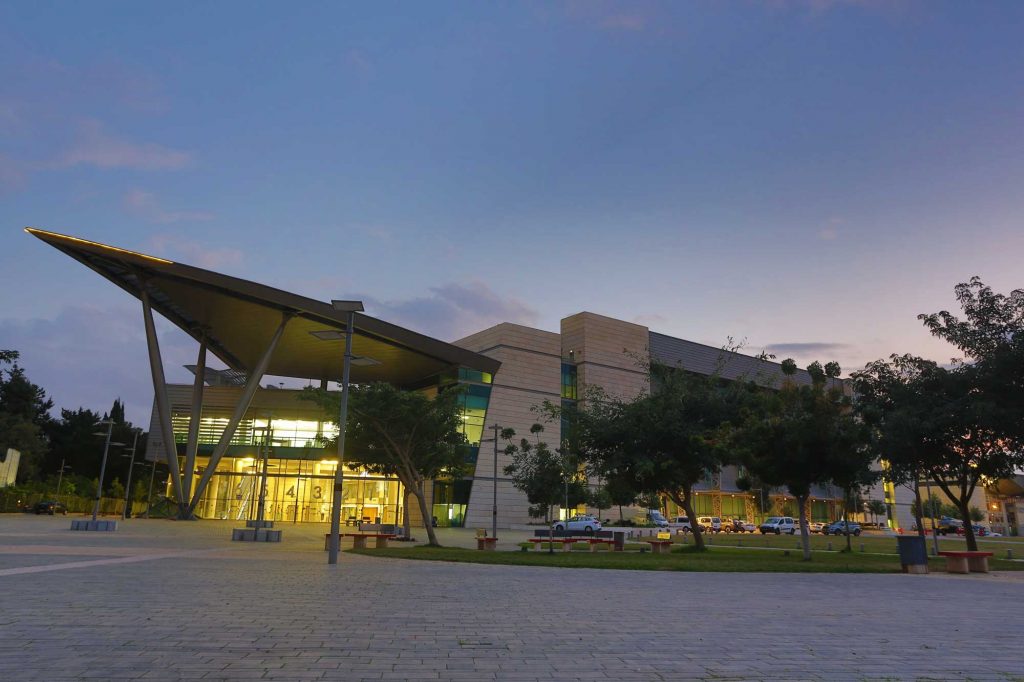
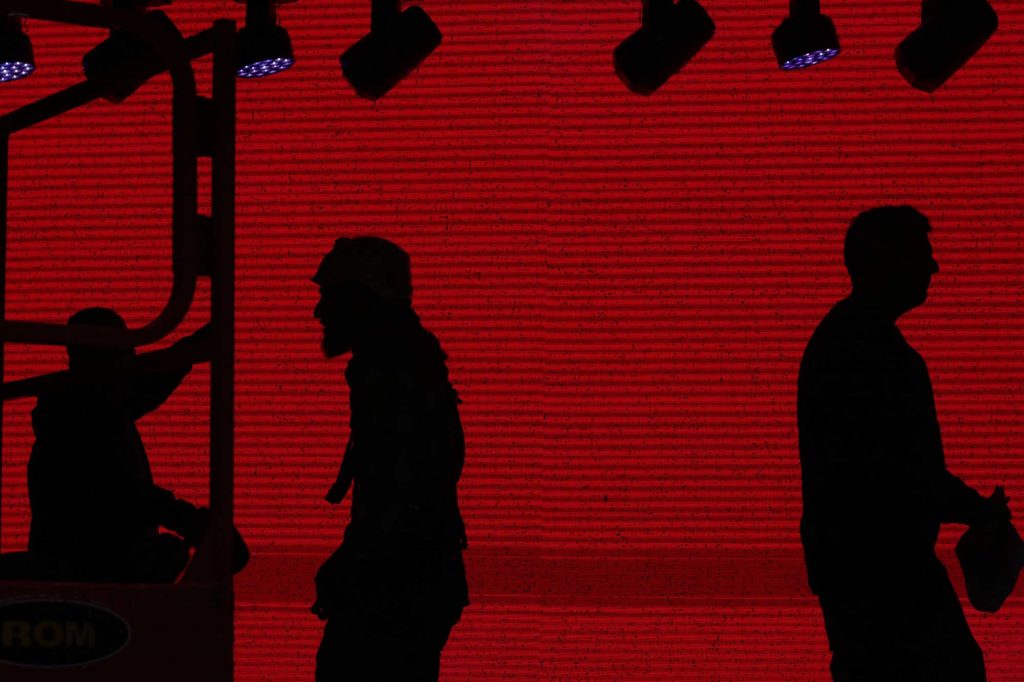
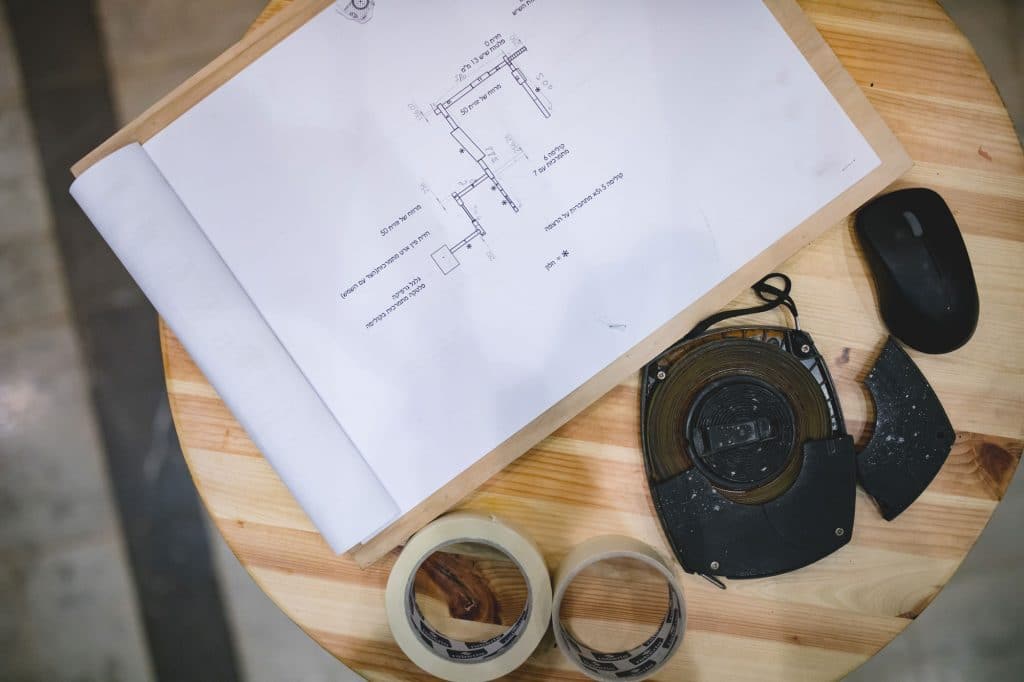
In summary:
This is an initial glossary of essential terms for producing company events and events in general (more to come!). It’s very important to be familiar with these terms when hiring a production company to produce a company event, launch event, or large conference. This will connect you to the process and build healthier and better communication with the production company and suppliers, and ultimately lead you to a successful and professional event.


